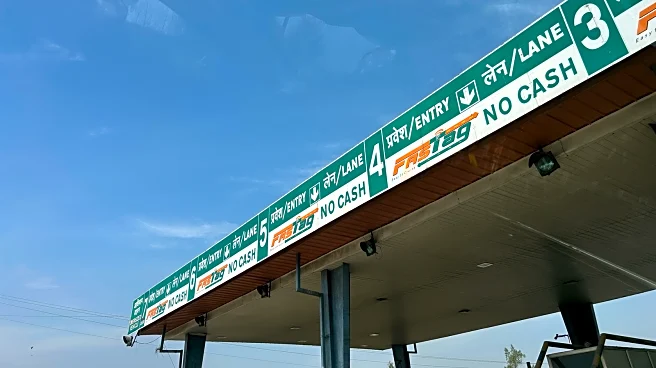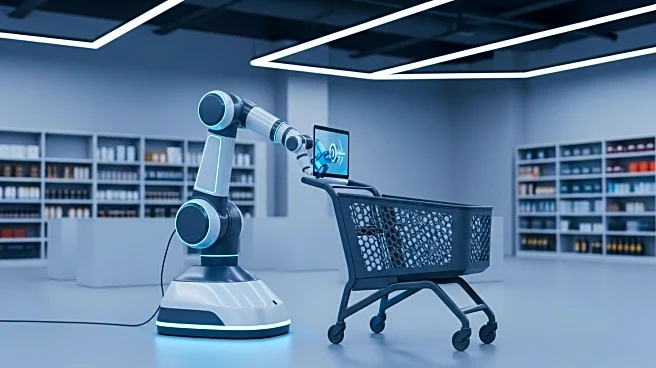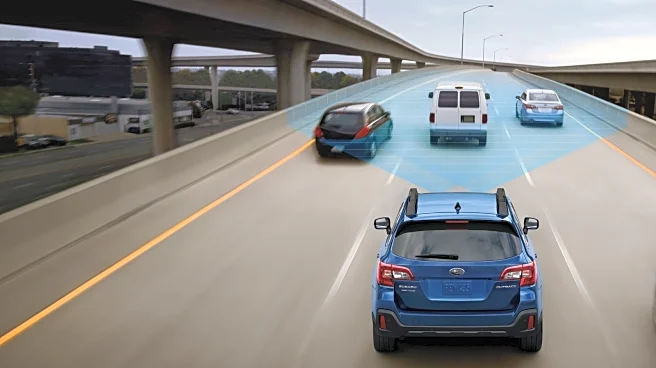
It can be a pain to wait at a toll booth. Luckily, RFID toll tags can help. RFID toll tags are small devices that drivers attach to their vehicle windshields, usually behind the rearview mirror. Each tag contains a chip that stores a unique identification number linked to the driver's toll account. The vehicle then drives through a toll plaza while RFID readers above send radio signals. Passive tags harvest that energy to respond, while active tags use a built-in battery. The tag sends its identification to the reader in both
instances.
That ID is then instantly sent through the toll operator's backend system. The system verifies that the vehicle's account exists, checks the available balance, and then deducts the correct toll amount. The process takes seconds. If the account is in good standing, the toll gate opens automatically, or in fully automated lanes, the vehicle continues without stopping.
The RFID system improves both accuracy and collection speed for operators. It also removes cash handling requirements while decreasing staffing expenses, and it minimizes fraud risk through complete transaction logging. For drivers, it keeps traffic moving and avoids fumbling with cash or cards. The fundamental back-and-forth radio communication system allows most modern toll systems to function. But, what happens when it doesn't work?
Read more: These Mods May Look Good, But They'll Just Make Your Car Slower
Why RFID Toll Tags Sometimes Fail

RFID toll tags are designed to be reliable, yet several issues can prevent them from operating properly. Incorrect placement is one of the most common reasons. If the tag is not affixed to the windshield in the recommended location, the reader may not pick it up. Placing it on tinted or metallic glass or behind stickers can also block the signal. Physical damage to the tag, such as scratches or cracks, may also make it unreadable.
Account problems are another frequent cause. A tag with insufficient balance may be blacklisted, which means the system won't allow the gate to open. Expired tags, which typically have a lifespan of around five years, are also rejected. Sometimes, the failure is not on the driver's end but on the operator's side. Network outages or back-end processing errors can all prevent a tag from being validated, even if it's working correctly.
When this happens, drivers are usually diverted into a manual payment lane or asked to pay cash. Operators often log these incidents so that drivers can dispute incorrect charges later. Many agencies now encourage users to enable automatic recharge on their accounts or install mobile apps that send balance alerts. Sometimes, the toll operators also have the ability to read license plates to deduct the toll amount if you don't have a tag or if it's unreadable. However, that makes it easier for people to evade tolls, which led to the MTA seizing 63 vehicles in New York back in 2022.
What To Do When A Toll Tag Doesn't Scan

If your toll tag fails at the gate, the first step is often the simplest: ask the operator to rescan it. Sometimes, a second attempt resolves the issue. If that doesn't work, handheld scanners are usually available as backups. They can read tags even when the overhead system fails. If the tag still won't scan, you'll need to pay manually. Always keep the receipt, since it may be necessary for resolving disputes with your toll provider.
Afterward, check your tag. Look for physical wear, cracks, or peeling edges. If damaged, contact your issuing bank or provider for a replacement. Also, verify your account balance and recharge if necessary. Expired tags need replacement, and many agencies provide reminders when that time is near.
When RFID toll tags function correctly, they keep traffic moving and toll collection seamless. But even when problems arise, simple troubleshooting and proactive maintenance can ensure smooth travel and fewer headaches on the road. RFID tags aren't just used for tolling applications, either. RFIDs have long been embedded in U.S. passports, too, although the Feds only just recently acquired the technology to read them properly. In addition, RFIDs have been installed in some traffic lights to help bicycles and vehicles interact safely.
Want more like this? Join the Jalopnik newsletter to get the latest auto news sent straight to your inbox...
Read the original article on Jalopnik.

















